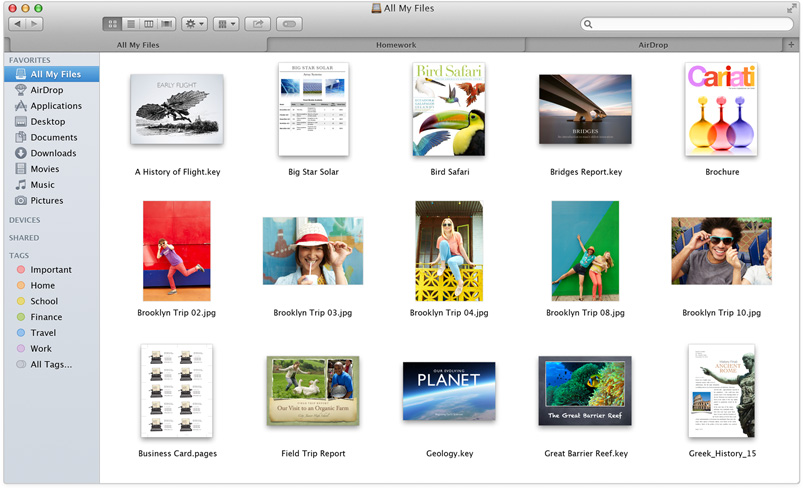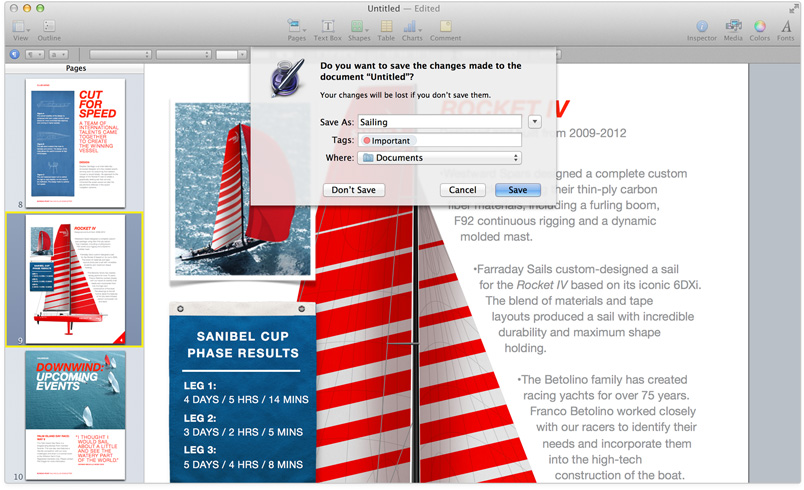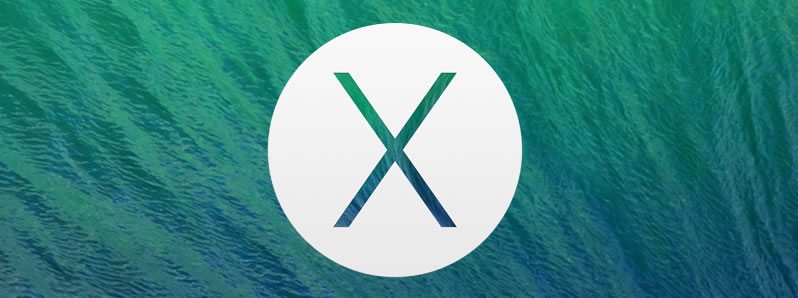Today during Apple's WWDC the company was ready to unveil details about its new desktop operating system, OS X 10.9 Mavericks. Whether they ran out of cool cat names or the new naming scheme relates to a new philosophy behind the OS' development remains to be seen. For now Apple anticipates the California-inspired Mavericks' major technological focus is on extending battery life and responsiveness.
OS X Mavericks is slated for release this fall, so only certain key features were part of the presentation, namely: Finder tabs, tags and enhanced multiple display support. As is becoming the custom for Apple, however, they claim the new OS carries over 200 new features overall.
The tabbed Finder is exactly what it sounds like, a browser-like tabbed environment which can replace multiple Finder windows. You can drag and drop between tabs as well as take the Finder window full screen. File tagging is another feature that's been added, meaning you can tag files for easier retrieval and grouping at a later time. Finder integrates this functionality into the sidebar.

The different enhancements on the multiple display front appear to be taking OS X to the level of functionality Windows has been offering for a long time. Apps going full screen on one screen with normal windows on other secondary displays, all full screen windows in multiple displays, and also showing the menu bar and dock at will on the screen you prefer. There's also an interesting integration of OS X with AirPlay devices (Apple TV, etc.) which will let you add a TV screen as a secondary display wirelessly.
Because a wide majority of OS X users are on laptops, it's not surprising a lot of effort has gone on optimizing efficiency. The jump to Haswell on the latest models sure helps, but on the software side of things the company is touting some features like "Compressed Memory", "App Nap" and "Time Coaslescing" which working together can reduce CPU activity up to 72% percent, they say. Two useful metrics Apple presented as result of the improvements in Maverick were wake up from standby time and responsiveness under load.
Other software features that will be part of OS X Maverick include a new version of the Safari browser, iBooks, Calendar, Maps (iOS-like maps) and iCloud Keychain. The latter uses high-level encryption for your passwords and other personal data, not unlike Lasspass or 1Password, however iCloud Keychain has the advantage of being fully integrated in the OS and the extensibility toward iOS devices you might own.

There's a sense Apple remains committed to its desktop operating system, even though iOS is receiving a much larger overhaul today with version 7. On the desktop we can appreciate some productivity-oriented enhancements being made versus the current approach Microsoft is taking with Windows where it's trying harder to push mobile-esque features and forcing a more abstract funcionality layer. And while Windows users remain to be a large majority of desktop/laptop users, Apple was happy to share a stat: 35% of Mac users are using Mountain Lion vs. 8% of Windows users using Windows 8.
